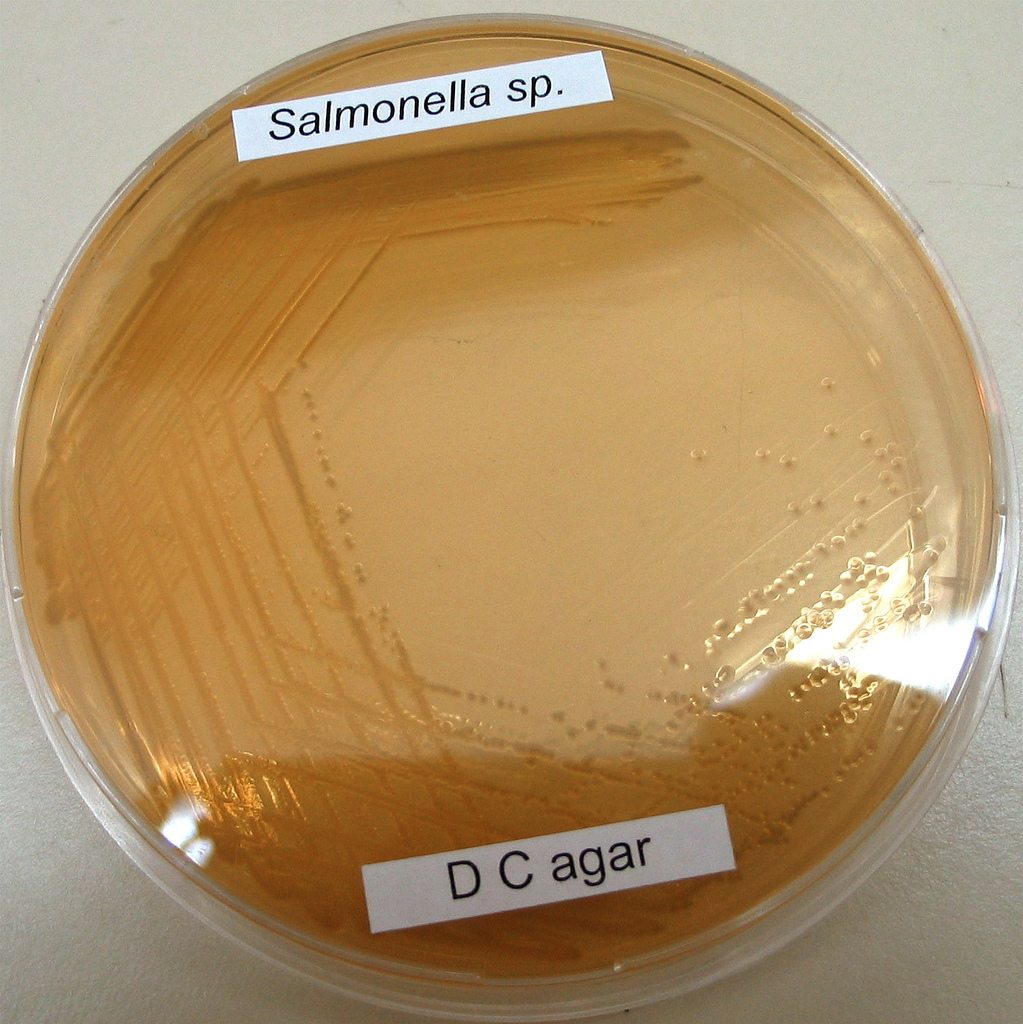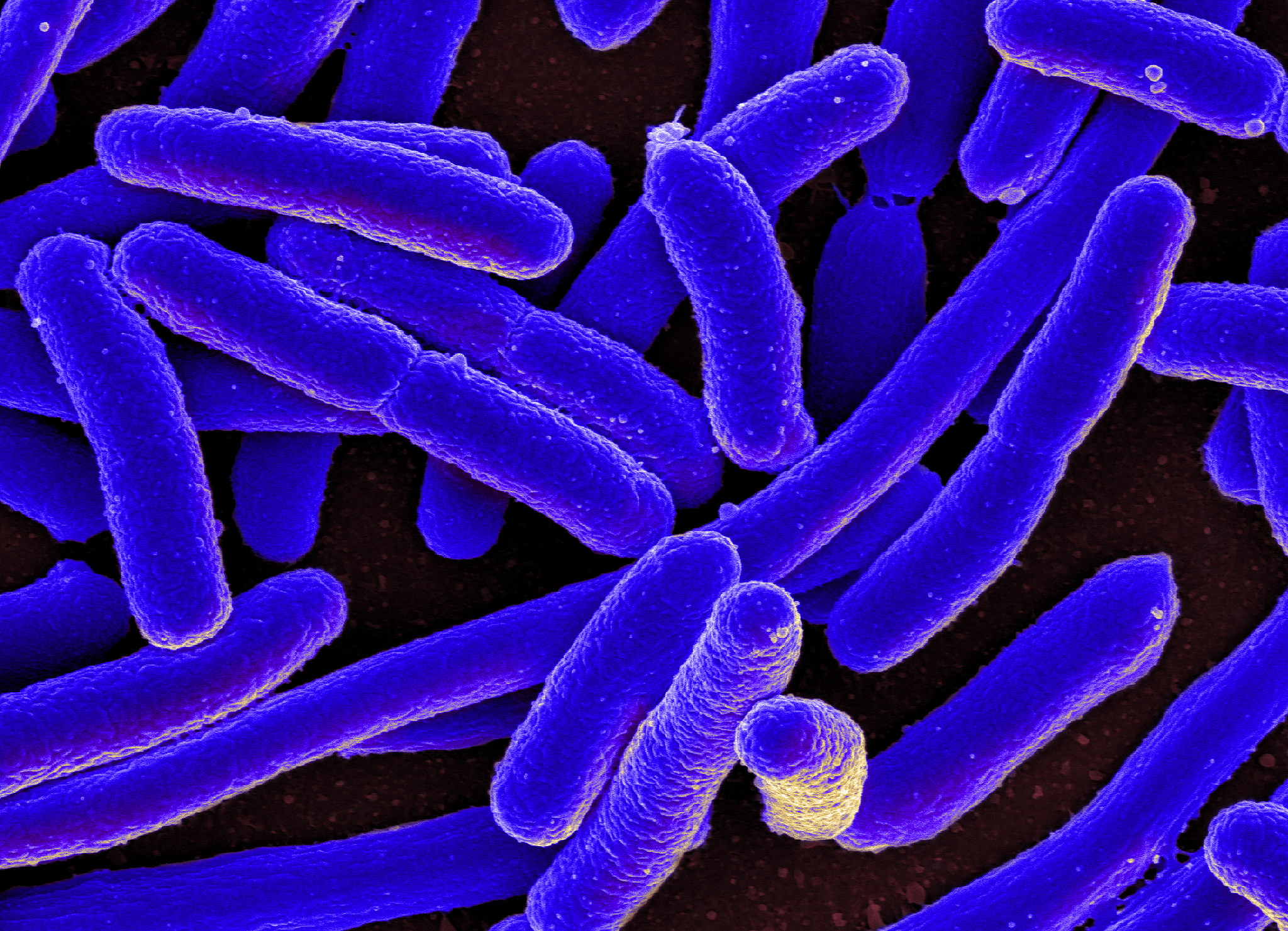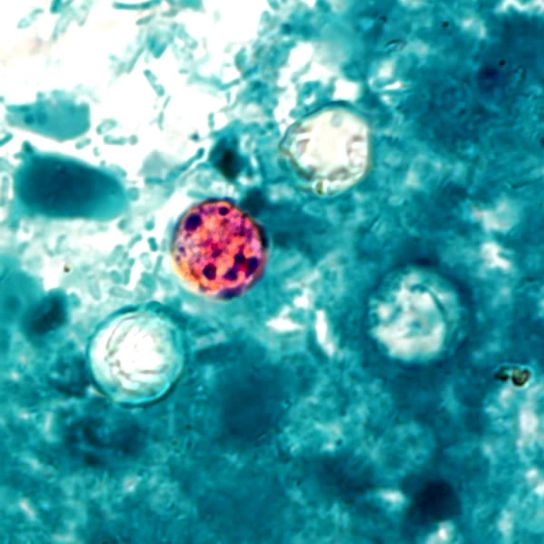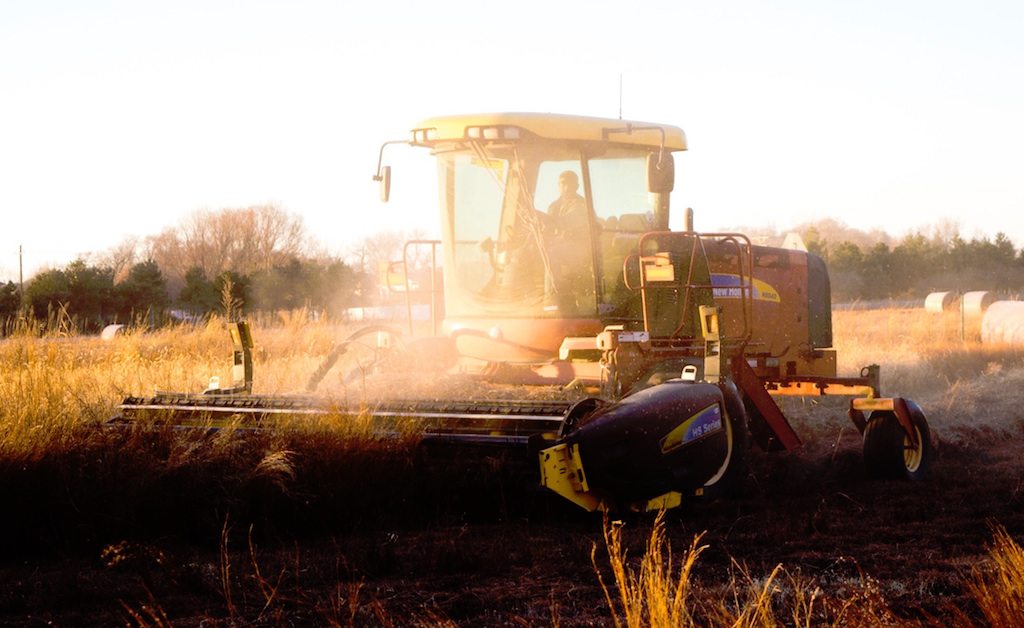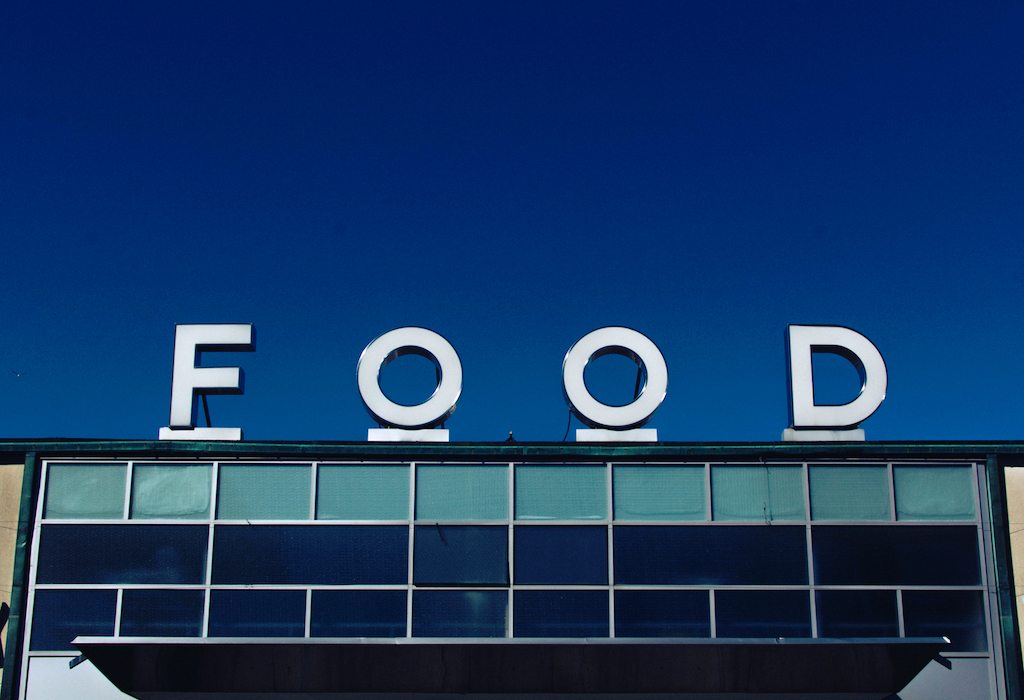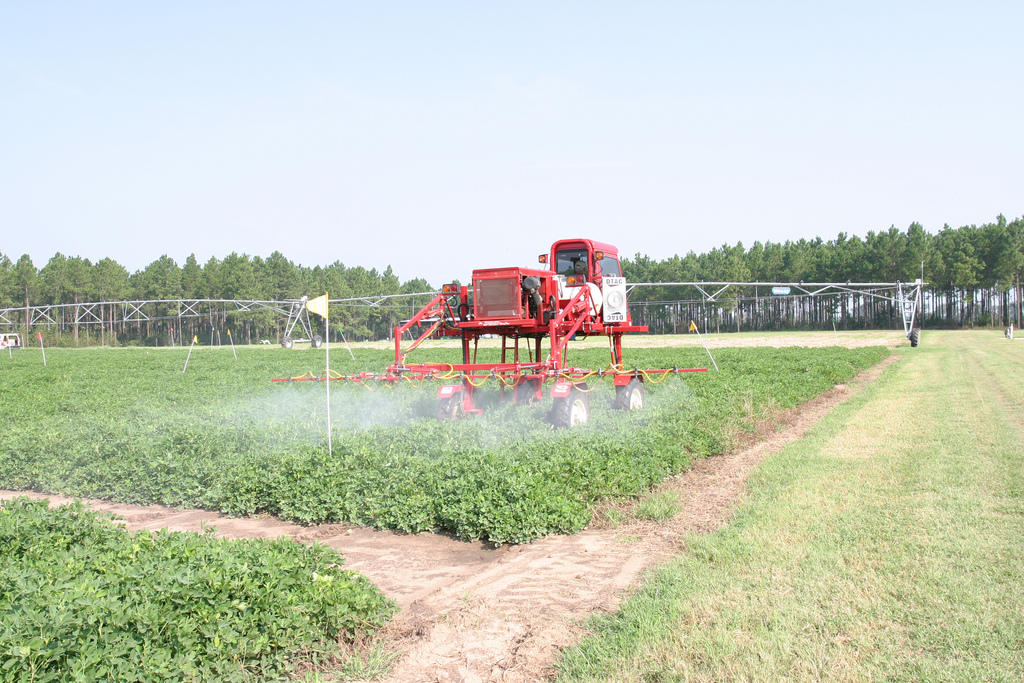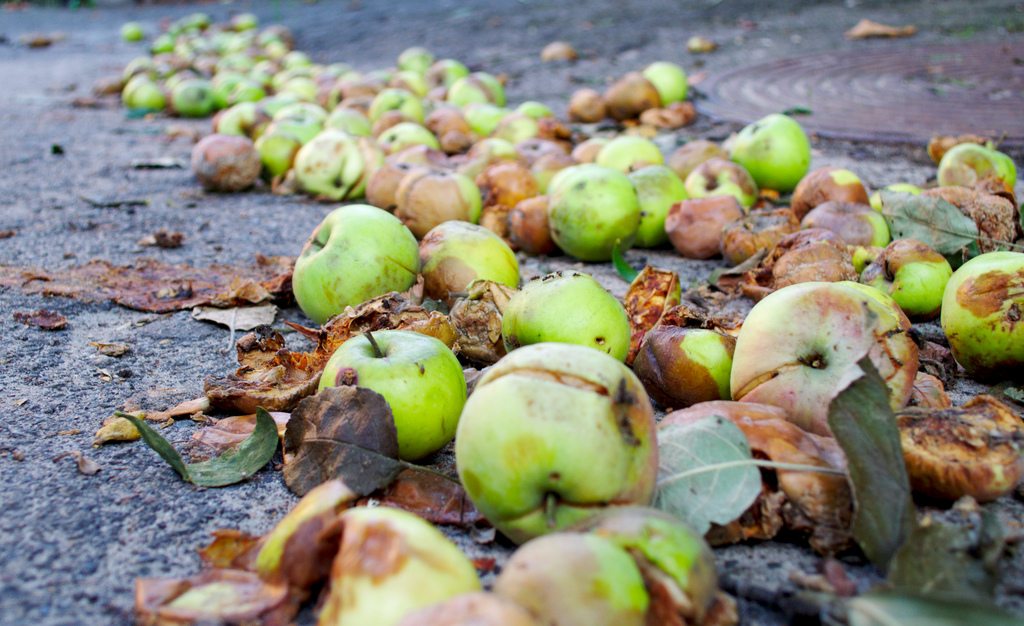#Salmonella. One in six Americans (or roughly 48 million people) get sick from a foodborne illness every year. But, as I’ve previously reported, a specific pathogen can be identified as the culprit in only 20 percent of cases.
Tracing an outbreak to its source remains one of the most perplexing tasks facing public health officials. But a recent study out of the Brown School at Washington University in St. Louis (published earlier this month in the Journal of Public Health Management and Practice) shows Twitter communications between the public and proper government authorities may improve foodborne illness reporting and help in mapping out the necessary next steps.
In collaboration with the City of St. Louis Department of Public Health, researchers implemented a web-based dashboard (the HealthMap Foodborne Dashboard developed at Boston Children’s Hospital) to identify and respond to tweets about food poisoning from St. Louis residents. In its first seven months, the study identified 193 relevant tweets and replied with a link to a form that could be submitted to the health department. The study showed 7 percent resulted in an actual report submission.
Twitter has a little over 300 million monthly active users. Compare that to Facebook’s nearly 2 billion monthly active users, and the former seems a less desirable platform for broad efforts in foodborne illness reporting (never mind getting your #foodpoisoning narrative whittled down to 140 characters: “I went all the way to Dallas BBQ and all I got was this lousy #foodbornepathogen”—BOOM, that’s 60!). But perhaps Facebook, with all its opportunities for cutesy curation, isn’t the place to publicly bemoan your botulism either. No word yet on salmonella’s chances on Snapchat.
